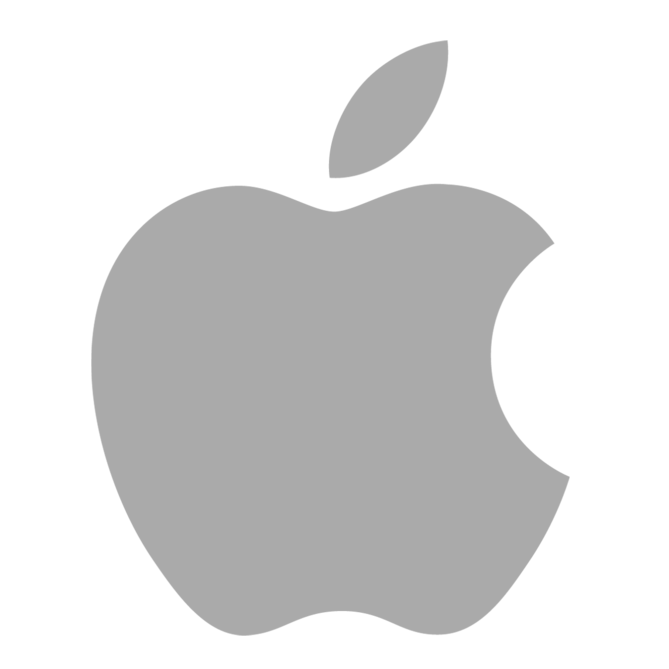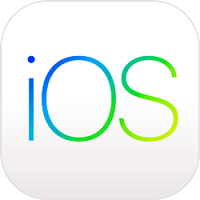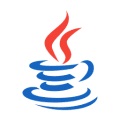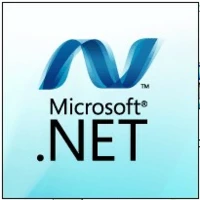Giriş
Unity, geliştiriciler tarafından hem 2D hem de 3D oyunlar oluşturmak için yaygın olarak kullanılan güçlü ve çok yönlü bir oyun geliştirme platformudur. Kullanıcı dostu arayüzü ve geniş özellik yelpazesiyle tanınan Unity, sürükleyici ve etkileşimli oyunlar oluşturmak için gereken araçları sağlar. Bu makalede, desteklenen Windows sürümlerine bir göz atacak ve Unity'nin oyun geliştirme sürecinizi geliştirmenize yardımcı olacak temel özelliklerini ele alacağız.
Desteklenen Windows sürümleri
Unity, Windows işletim sisteminin aşağıdaki sürümlerini destekler:
- Windows 7 SP1+
- Windows 8
- Windows 10
- Windows 11
(Yayın sırasında yayınlanan sonraki Windows sürümleri)
Bu geniş uyumluluk sayesinde, farklı Windows sürümlerini kullanan geliştiriciler Unity'nin yeteneklerinden faydalanabilir.
Temel Özellikler
- Çapraz platform geliştirme: Unity, geliştiricilerin Windows, macOS, Android, iOS, Linux ve çeşitli oyun konsolları dahil olmak üzere birden fazla platform için oyun oluşturmasına olanak tanır. Bu çapraz platform desteği, geliştirme sürecini basitleştirir ve oyunlarınızın potansiyel kitlesini genişletir.
- Geniş Varlık Mağazası: Unity Varlık Mağazası, 3B modeller, dokular, sesler, animasyonlar ve komut dosyaları dahil olmak üzere kapsamlı bir varlık kitaplığı sunar. Bu kaynak, geliştiricilerin oyunlarını hızlı bir şekilde prototip haline getirmelerini ve geliştirmelerini sağlayarak geliştirme süresini ve maliyetini azaltır.
- Gerçek zamanlı işleme: Unity'nin gerçek zamanlı işleme motoru, yüksek kaliteli görseller ve gerçekçi ışık efektleri sunar. Bu özellik, Unity ile oluşturulan oyunların görsel olarak çarpıcı ve oyuncular için ilgi çekici olmasını sağlar.
- C# ile komut dosyası oluşturma:Unity, birincil komut dosyası dili olarak C# kullanır ve oyun geliştirme için sağlam ve esnek bir ortam sunar. Kapsamlı dokümantasyon ve aktif topluluk desteği, geliştiricilerin karmaşık özellikleri öğrenmesini ve uygulamasını kolaylaştırır.
- Fizik Motoru: Unity, gerçekçi fiziksel etkileşimleri ve davranışları simüle eden güçlü bir fizik motoru içerir. Bu motor, sürükleyici ve etkileşimli oyun ortamları oluşturmak için gereklidir.
- Animasyon Sistemi: Mecanim olarak bilinen Unity animasyon sistemi, animasyonlar oluşturmak ve yönetmek için gelişmiş araçlar sağlar. Bu sistem durum makinelerini, kaplama ağaçlarını ve yeniden hedeflemeyi destekleyerek karmaşık karakter animasyonları oluşturmanıza olanak tanır.
- VR ve AR desteği: Unity, sanal gerçeklik (VR) ve artırılmış gerçeklik (AR) geliştirme için yerleşik destek sunar. Bu özellik, geliştiricilerin VR ve AR cihazları için gelişmiş deneyimler oluşturmasına olanak tanır.
- İşbirlikçi Geliştirme: Unity Teams ve Unity Collaborate, birden fazla geliştiricinin aynı proje üzerinde aynı anda çalışmasına olanak tanıyarak ekip çalışmasını kolaylaştırır. Bu araçlar sürüm kontrolünü ve proje yönetimini basitleştirerek üretkenliği artırır.
- Performans Optimizasyonu: Unity, oyun performansını optimize etmek için profil oluşturucu, kare hata ayıklayıcı ve performans raporları gibi çeşitli araçlar ve özellikler sunar. Bu araçlar performans sorunlarını belirlemeye ve düzeltmeye yardımcı olarak sorunsuz bir oyun deneyimi sağlar.
- Kapsamlı eğitimler ve topluluk desteği: Unity kapsamlı eğitimler, belgeler ve aktif bir topluluk forumu sunar. Bu kaynaklar hem acemi hem de deneyimli geliştiriciler için çok değerlidir ve geliştirme süreci boyunca rehberlik ve destek sağlar.
Sonuç olarak
Unity for Windows, Windows 7 SP1'den Windows 11'e kadar çok çeşitli Windows sürümlerini destekleyen kapsamlı bir oyun geliştirme platformudur. Platformlar arası geliştirme, gerçek zamanlı işleme, kapsamlı varlık depolama ve gelişmiş animasyon ve fizik motorları gibi çok çeşitli özelliklerle Unity, oyun geliştiricileri için en iyi seçimdir. İster PC, ister mobil veya VR/AR için oyun geliştiriyor olun, Unity yaratıcı vizyonunuzu hayata geçirmek için ihtiyaç duyduğunuz araçları ve kaynakları sağlar.






































